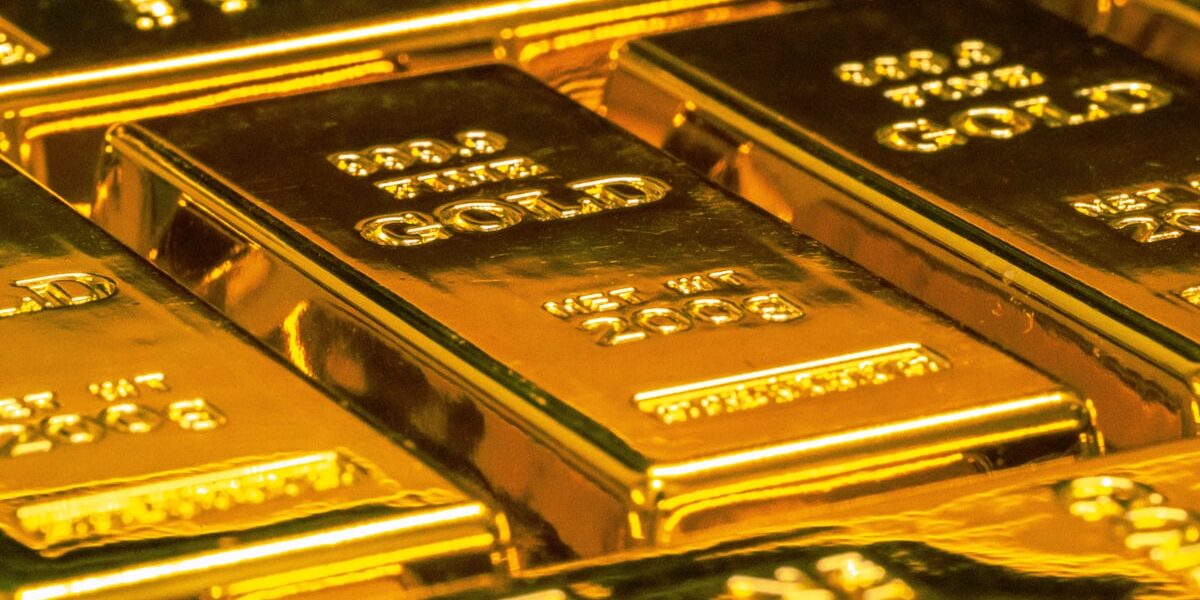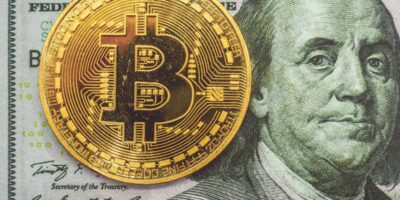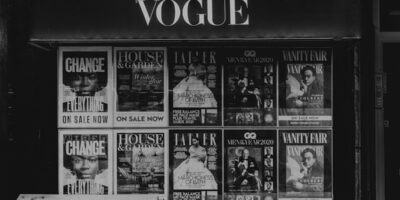The 1850 Silver Dollar: An Icon of American Numismatics
The 1850 silver dollar holds a special place in the history of American coinage. As a part of the Seated Liberty dollar series, it represents an era of change and growth in the United States. This coin didn’t just serve its purpose as currency; it also became a symbol of the nation’s aspirations and artistry. The 1850 silver dollar series is fascinating for both its historical significance and its design intricacies.
The Context of the 1850s
By 1850, the United States was expanding rapidly. The Gold Rush was in full swing, bringing wealth and a surge of people to the west. This period saw the country grappling with issues like statehood for territories and the contentious debate over slavery. Against this backdrop, the Seated Liberty silver dollar played its role as one of the era’s defining artifacts.
The economy relied heavily on silver dollars for trade and finance. These coins facilitated transactions and were critical in maintaining the nation’s burgeoning economy. However, producing silver dollars during this time was not without its challenges, owing to fluctuating silver prices and legislative considerations.
Minting Challenges
The production of the 1850 silver dollar was influenced by several factors. Despite the large discovery of gold, less silver was available, causing challenges in minting. The government’s policies also impacted production levels. According to records, a modest number of these coins were struck—only 7,500 pieces specifically at the Philadelphia Mint. Low mintages contribute to the rarity and desirability of these coins.
At the time, the Mint faced logistical issues. Technology was different; striking such coins wasn’t as efficient as today. The need for quality control was paramount, and each coin was meticulously crafted to meet standards. The Seated Liberty design presented additional challenges due to its complexity, requiring skilled labor for both die creation and coin striking.
Design Elements
The design of the 1850 silver dollar is a testament to artistry. Created by Christian Gobrecht, it showcases the Seated Liberty motif on the obverse side. Lady Liberty sits on a rock, with a shield in one hand and a pole with a Phrygian cap in the other. This imagery draws from classical iconography, symbolizing freedom and democracy.
The reverse is adorned with a majestic eagle clutching arrows and an olive branch, embodying America’s strength and peaceful intentions. The inscriptions UNITED STATES OF AMERICA and ONE DOL. frame the images, reinforcing national identity. The intricate details in Gobrecht’s design required precision in both die engraving and minting processes.
The Silver Content
True to its name, the 1850 silver dollar contained a significant amount of silver. Weighing 26.73 grams, the coins contained 90% silver and 10% copper. This alloy ensured durability while maintaining value. The high silver content meant these coins were not just monetary instruments but also stores of wealth.
The metal composition made them worthy investments. Collectors today prize silver content when evaluating these coins. Historical shifts in the value of silver and their numismatic appeal add complexity to these evaluations. Experts consider silver weight alongside condition and rarity when appraising value.
Collecting the 1850 Silver Dollar
1850 silver dollars are highly sought after by collectors. The low mintage makes them a key piece in any numismatic collection. Condition is crucial, with higher-grade specimens fetching exceptionally high prices. Coins graded above “very fine” are scarce, with “mint state” examples being exceedingly rare. Many 1850 silver dollars in existence today show signs of wear, given their history in commerce.
Collectors should verify authenticity before purchase. Forgeries can exist, making authentication through reputable dealers or grading services essential. Understanding the nuances of die varieties also plays a role in collection strategy. Some coins minted with specific die variations may hold additional value.
Numismatic Value and Cultural Impact
The 1850 silver dollar is more than a historical artifact; it carries cultural and economic narratives. Through it, we decipher the socio-economic landscape of mid-19th century America. Its production cycles reflect how economic factors, such as mineral discoveries and legislative acts, influenced policy. Moreover, its imagery echoed nationhood ideals that resonated with the public psyche during a time of transformation.
In modern times, these coins serve as educational pieces, providing tangible connection to a pivotal period in U.S. history. They serve not only as collectibles but also as inspirations for those interested in numismatic study or American history. Museums and educational institutions often showcase such coins, recognizing their value in teaching about past economies and designs.
Preservation Efforts
Preserving the condition of 1850 silver dollars is vital for maintaining their value. Proper storage can prevent tarnish and environmental damage. Coin holders or albums made from inert materials are recommended. Exposure to air and moisture should be minimized to prevent corrosion, maintaining both the aesthetic and intrinsic silver values.
Handling coins improperly can lead to surface wear and loss of detail, significantly affecting their worth. It is advised to hold coins by the edges or use cotton gloves to avoid oils and contaminants from hands. Professional conservation services are available for cleaning and restoring these historical coins.
Investment Potential
Many see the 1850 silver dollar as a sound investment choice. Its rarity and historical significance generate strong demand. As precious metal prices fluctuate, the silver dollar’s value can see corresponding increases. Diversifying a numismatic portfolio with silver dollars, particularly those from noteworthy years like 1850, is popular among investors.
Experts recommend researching market trends and consulting with numismatic professionals before purchasing. Auctions and coin shows provide transparency in pricing and availability. Establishing connections with reputable dealers can facilitate access to desirable pieces and insights into emerging trends.
Conclusion Remarks
In summary, the 1850 silver dollar represents a significant era in American history. From its creation to present-day impact, it captivates collectors and historians alike. Understanding its nuances enriches appreciation for both the coin and the story it tells. The Seated Liberty series continues to be cherished, offering timeless insights into U.S. culture and numismatics.
“`
Recommended Collecting Supplies
Coin Collection Book Holder Album – $9.99
312 pockets for coins of all sizes.
20x Magnifier Jewelry Loupe – $13.99
Essential tool for examining coins and stamps.
As an Amazon Associate, we earn from qualifying purchases.


